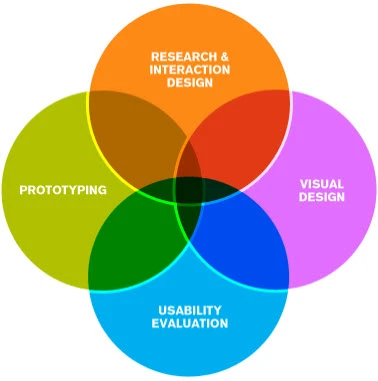Bloomberg UX Expert Bonnie John Discusses Discoverability
October 14, 2015

As an organization that defines a user experience for a product where billions of dollars are at stake, we take UX design very seriously. That is why we are thrilled that Bonnie John, an accomplished thought leader, published author and industry consultant in User Experience and Human-Computer Interaction, recently joined our team.
Bonnie has a software development background and was most recently a Research Scientist at IBM Watson. On the Watson team she focused on computational cognitive modeling and the implications of software architecture design on usability for the end user. Bonnie has her PhD in Cognitive Psychology from Carnegie-Mellon, was on the Computer Science faculty for 22 years, and is one of the founders of the HCI program at Carnegie-Mellon University.
We recently spent some time with her to find out more about what she has been doing at Bloomberg since she joined and to get a sense of her approach to design.
1. What is your current role at Bloomberg?
I am primarily working on improving the discoverability of new functions in the Bloomberg Professional Services. I am also helping to define the role of UX in the Agile Scrum processes at Bloomberg.
2. You are an extremely well-known figure in UX cognitive modeling methods. What are some of the methods that you’d like to bring to Bloomberg?
Cognitive modeling is great for benchmarking current designs to allow comparison to new designs, ensuring that they are better, i.e., more efficient, more discoverable, not just different.
3. What is your viewpoint on how mobile devices are impacting the way we interact with our screens?
The biggest factors are their availability and their small size. Because they are always with us, we have the potential to get all the information we need whenever we need it. But the small size puts more pressure on designers to understand users’ needs in order to surface the right information at the right time without undue effort.
4. You’ve spent many years in academia preparing students for careers in human computer interaction. What are your thoughts on diversifying the talent pool?
HCI is historically one of the more diverse subfields of CS, with an almost 50/50 split along gender lines. I believe that is because HCI has always been about solving real problems for real people, which has been more attractive to women, as opposed to the inherent beauty of an algorithm or wrestling some code to do your bidding.
5. What is the most challenging part about merging design and technology?
Merging the two disciplines requires merging different educational backgrounds and ways of knowing. Technologists are used to lectures, readings, homework and tests that have right answers and correct procedures to arrive at those answers. Designers are used to problems that have no one right answer and many methods to arrive at an acceptable answer. When these fields merge into real-world product design, they have to learn to talk to each other and value each others’ contributions.